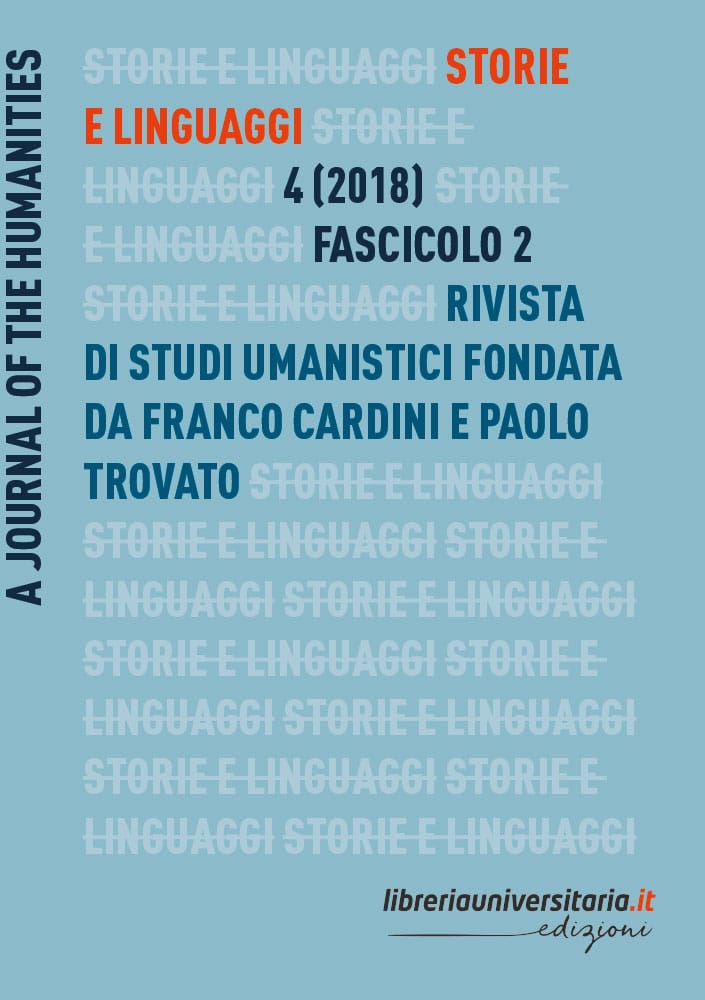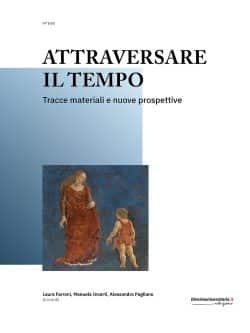Indice
A traditional research on the genealogical relationships among the extant witnesses of the Tractatus de locis et statu sancte terre Jerosolimitane allows to partially modify the historical assessment of this very relevant crusader text.
This paper aims to show that in the Holy Land even miracles, that is, events considered out of history (and nature), can be traced back to cultural – and sometimes political – factors related to European Christendom.
On the alleged second Mayr edition of Sannazaro’s “Arcadia” (1505?). The witness of Pietro Summonte (1512)
Most scholars of Sannazaro’s Arcadia mantain that the edition edited by Pietro Summonte in 1504 (Naples, Sigismund Mayr) was rapidly followed by a new edition by Summonte. They think as well that Summonte benefitted then from the collaboration of the very Sannazaro. Nevertheless, a more careful reading of the bibliographic data and the analysis of Summonte’s preface to De fortuna by Pontano (Naples, Mayr, 1512), lead to refuse the conclusions which were accepted so far.
Baudelaire and the Poetics of “Minimum Quality”
In Le Salon de 1845, Baudelaire grounds his praise of Corot’s paintings upon the remark that «une œuvre de génie […] est toujours très bien exécutée, quand elle l’est suffisamment». In Baudelaire’s view, what a painter has to aim for is not a maximum of quality, but the minimum sufficient to achieve the spiritual goal of the work. This goal consists precisely in a sort of transitiveness between the artist’s and the beholder’s interiorities. Does such a persuasion play any role in Baudelaire’s own poetics? According to the author of this paper, it does. Baudelaire’s writing in Le Spleen de Paris, it is suggested, may be regarded as a writing of “minimum quality”, intended to be not so much poetry in itself, as poetry in the reader’s mind.
Borges’s Chinese encyclopedia
The exhilarating quality of the “chinese encyclopedia” described in Borges’ Inquisiciones was highlighted by Michel Foucault in his Les mots et les choses of 1966. It has been thenceforth repeatedly considered a pure invention by Borges, and nobody thus far has found any source for such encyclopedia. In fact this encyclopedia is not totally a borgesian invention but is rather his comical version of the a description found in the Encyclopedia Britannica, as this essay proves with ample documentation.





